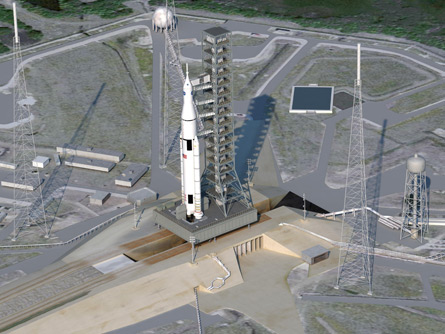NASA's Space Launch System (SLS), the next-generation rocket built to launch crewed missions beyond Earth orbit, has formally entered the preliminary design review (PDR) phase.
The review will assess the design to date, and is expected to last several weeks. Upon completing the PDR, the system will move into the critical design phase, after which construction will begin in earnest. The SLS design effort formally began in 2012, and a first flight is planned in 2017.
"The preliminary design review is incredibly important, as it demonstrates the SLS design meets all system requirements within acceptable risk constraints, giving us the green light for proceeding
with the detailed design," says Todd May, SLS programme manager. "We are on track and meeting all the milestones necessary to fly in 2017."
The first launch vehicle will be capable of lifting 75mt into low Earth orbit (LEO), while planned modifications will allow subsequent vehicles to fly up to 130mt.
The SLS is intended to launch Lockheed Martin's Orion crew capsule, which is currently undergoing final assembly for a 2014 test flight aboard a different rocket. While the SLS/Orion pair have no defined mission as yet, likely targets include the moon, an asteroid, and ultimately Mars.
 |
|---|
NASA |
Source: Flight International


























